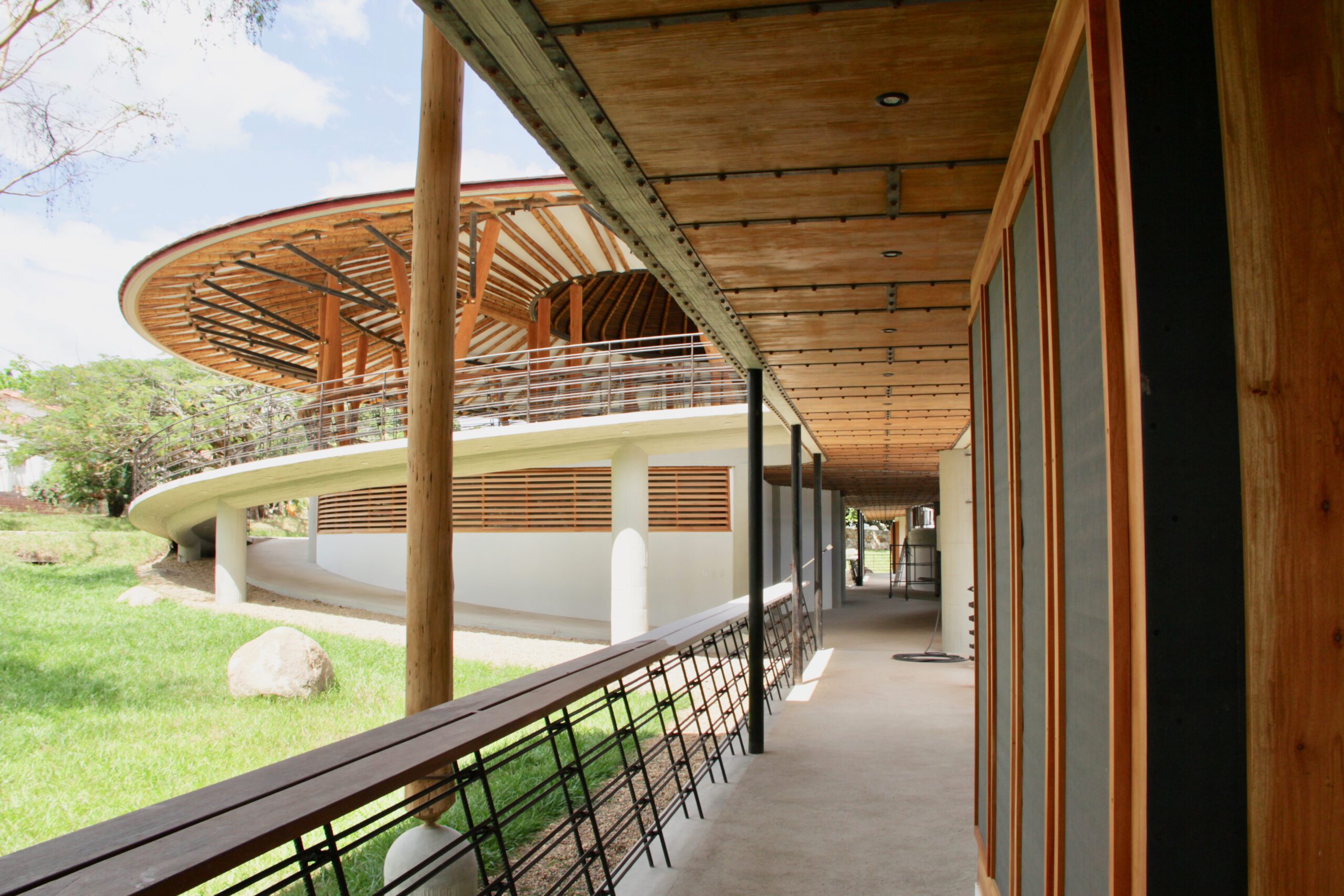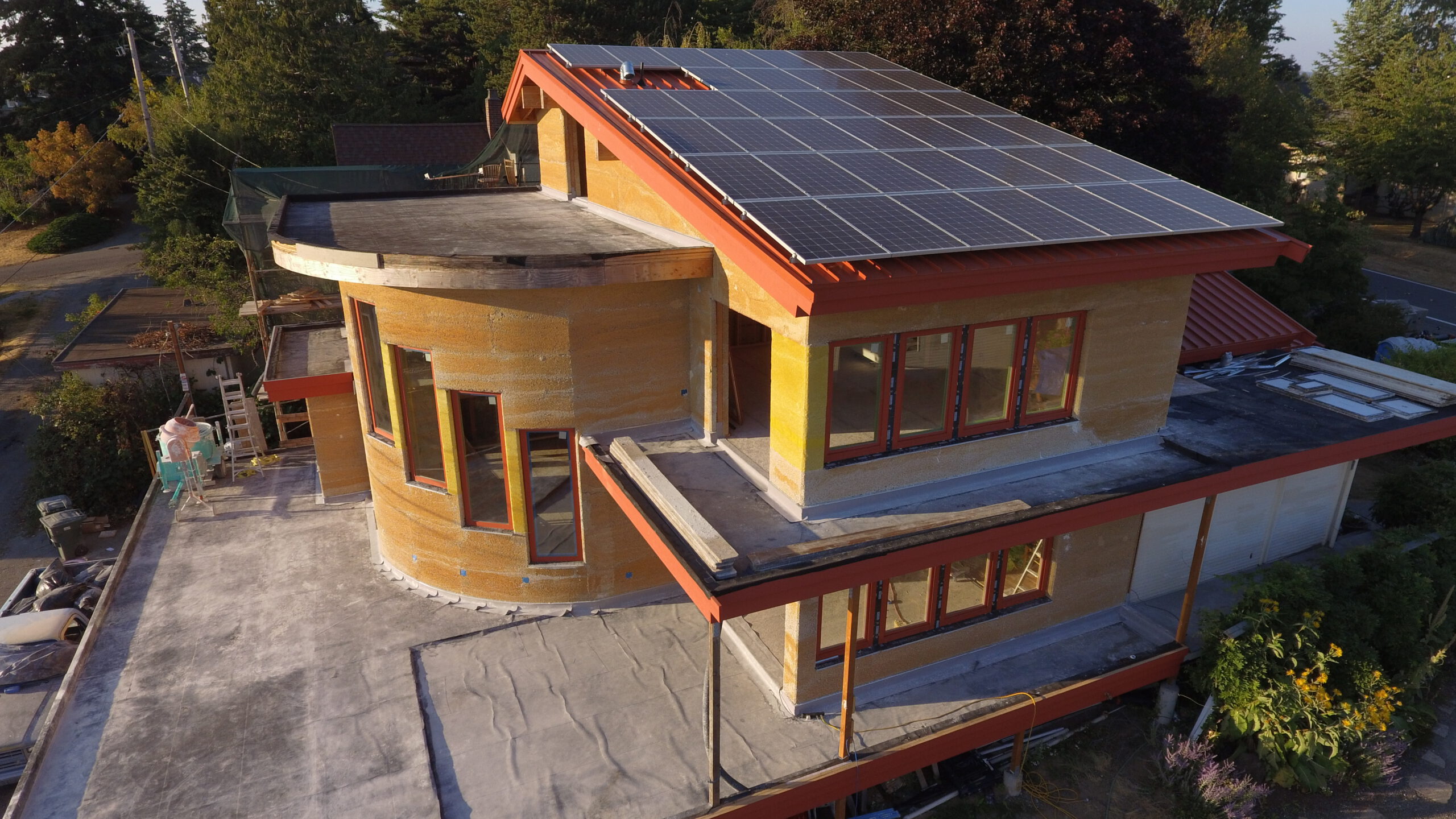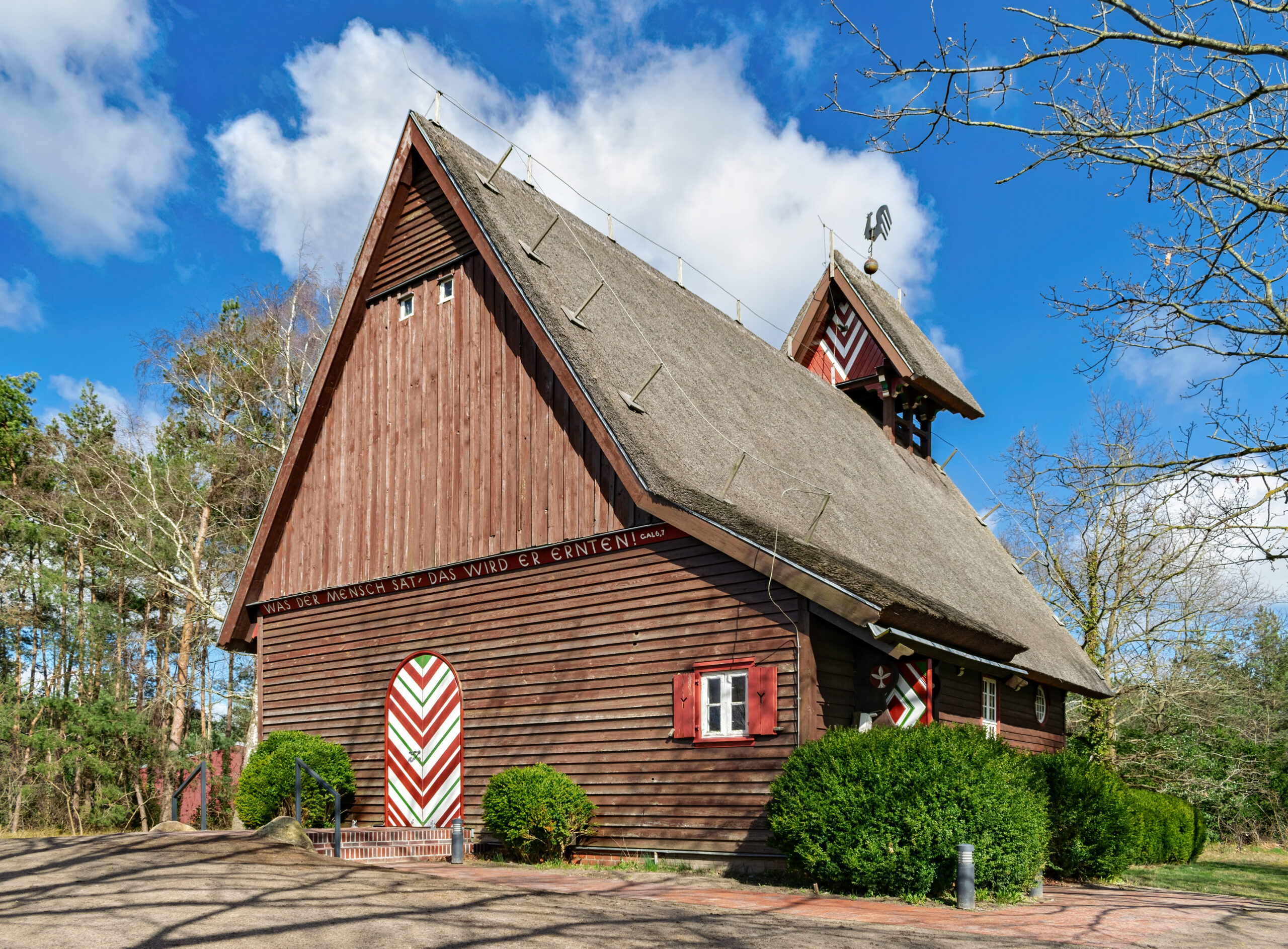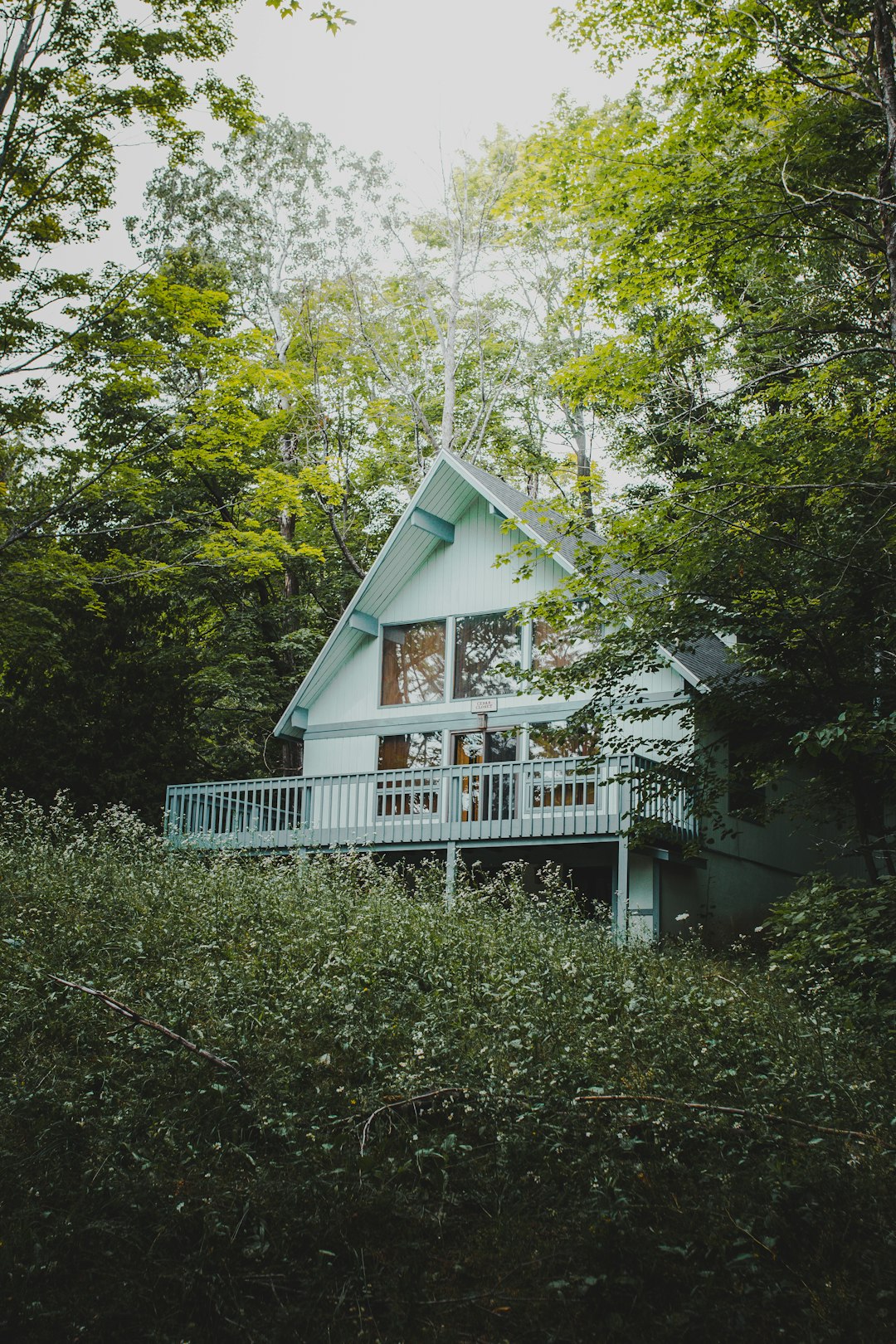In today’s world, where sustainability and environmental consciousness are becoming increasingly important, many innovative house designs are emerging to meet the needs of eco-friendly living. These designs not only reduce the carbon footprint but also promote a healthier lifestyle. Below, we explore 15 of these groundbreaking eco-friendly house designs that are redefining modern living.
Passive House Design
A Passive House Design is an architectural approach that focuses on energy efficiency, comfort, and sustainability. The key here is insulation. By using high-quality insulation, these homes maintain a stable internal temperature, reducing the need for heating and cooling systems. Think of it as wrapping your home in a warm blanket in the winter and a cool shade in the summer. These homes often incorporate triple-glazed windows and advanced ventilation systems to ensure fresh air circulation without losing energy. The result is a home that uses up to 90% less energy than traditional homes. Imagine living in a house that’s not only cozy but also kind to the planet!
Earthship Homes
Earthship Homes are a perfect blend of creativity and sustainability. Built using recycled materials like tires, bottles, and cans, these homes are designed to be self-sufficient. They harness solar and wind energy, collect rainwater, and even treat wastewater. The design is inspired by natural systems, making them almost entirely off-grid. Picture a home that not only provides shelter but also produces its own food and energy. It’s like having a mini-ecosystem right at your doorstep. Earthship Homes are a testament to how we can live harmoniously with nature.
Green Roof Homes
Green Roof Homes are a beautiful fusion of architecture and nature. By covering rooftops with vegetation, these homes provide numerous environmental benefits. They help in reducing urban heat, improve air quality, and provide insulation. It’s like having a garden in the sky! The plants also absorb rainwater, reducing runoff and promoting biodiversity. Imagine looking out your window and seeing a lush green landscape instead of a concrete jungle. Green Roof Homes are not just about aesthetics; they are a sustainable solution for urban living.
Tiny Homes on Wheels
Tiny Homes on Wheels are revolutionizing the way we think about living spaces. These compact, mobile homes focus on minimalist living, reducing waste, and promoting sustainability. The idea is simple: live with less and reduce your environmental impact. These homes often use renewable energy sources like solar panels and are built with eco-friendly materials. It’s like having the freedom to live anywhere while leaving a minimal footprint. Tiny Homes on Wheels prove that bigger isn’t always better when it comes to sustainable living.
3D-Printed Sustainable Homes
3D-Printed Sustainable Homes are at the forefront of innovation in the housing industry. By using 3D printing technology, these homes can be built quickly and with minimal waste. The materials used are often recycled or biodegradable, making them an eco-friendly option. It’s like watching a home come to life layer by layer. This technology allows for creative designs that were previously unimaginable. 3D-Printed Homes are not just a glimpse into the future; they are a practical solution for affordable and sustainable housing.
Modular Prefab Homes
Modular Prefab Homes are a smart, efficient, and eco-friendly way to build. These homes are constructed in sections in a factory setting and then assembled on-site. This method reduces construction waste and time, making it an environmentally responsible choice. It’s like piecing together a giant puzzle. The components are often made from sustainable materials, and the homes can be customized to meet energy efficiency standards. Modular Prefab Homes offer a modern and flexible approach to green living.
Solar-Powered Smart Homes
Solar-Powered Smart Homes are the epitome of modern eco-living. Equipped with solar panels, these homes generate their own electricity, reducing reliance on fossil fuels. Smart technology allows homeowners to monitor energy usage and optimize efficiency. Imagine controlling your home’s energy consumption with just a tap on your smartphone. These homes often include energy-efficient appliances and lighting, further minimizing their environmental impact. Solar-Powered Smart Homes offer a glimpse into a future where technology and sustainability go hand in hand.
Floating Eco Homes

Floating Eco Homes are a unique solution for sustainable living on water. Built on buoyant platforms, these homes are designed to adapt to rising sea levels and offer an eco-friendly lifestyle. They utilize renewable energy sources like solar and wind and often include systems for water purification and waste management. Picture a home that gently rocks with the waves while harnessing the power of nature. Floating Eco Homes are perfect for those who seek a harmonious balance between water and land.
Bamboo Homes

Bamboo Homes showcase the incredible potential of this fast-growing, renewable resource. Bamboo is strong, flexible, and has a lower carbon footprint than traditional building materials. These homes are often designed to blend seamlessly with their natural surroundings. It’s like living in a structure that breathes with the earth. The use of bamboo not only supports sustainable forestry but also provides a unique aesthetic appeal. Bamboo Homes are a testament to how traditional materials can be reimagined for modern eco-living.
Rammed Earth Homes
Rammed Earth Homes utilize a centuries-old technique with a modern twist. By compacting natural materials like earth, sand, and gravel, these homes offer excellent thermal mass, keeping interiors cool in summer and warm in winter. The earthy tones and textures create a rustic yet contemporary appeal. Imagine living in a home that feels like an extension of the landscape itself. Rammed Earth Homes are both durable and sustainable, providing a timeless connection to the earth.
Underground & Earth-Sheltered Homes
Underground & Earth-Sheltered Homes take advantage of the earth’s natural insulation properties. By building into the hillside or underground, these homes maintain a stable temperature year-round. This design minimizes heating and cooling needs, reducing energy consumption. It’s like living in a cozy, hidden retreat. The landscape above can be left untouched or turned into a garden, further enhancing the eco-friendly appeal. Underground Homes offer a unique blend of privacy and sustainability.
Net-Zero Energy Homes
Net-Zero Energy Homes are designed to produce as much energy as they consume, making them a model of sustainable living. By combining energy-efficient technologies, renewable energy sources, and smart systems, these homes achieve a balance between energy production and consumption. Imagine living in a home that pays its own utility bills. These homes often incorporate passive solar design, high-quality insulation, and energy-efficient appliances. Net-Zero Energy Homes are at the forefront of the green building movement.
Hempcrete Homes

Hempcrete Homes use a bio-composite material made from hemp fibers and lime, offering a natural and sustainable alternative to traditional construction materials. Hempcrete is lightweight, insulating, and resistant to pests and mold. It’s like building with nature’s own bricks. These homes provide excellent thermal performance, reducing the need for artificial heating and cooling. Hempcrete Homes are a testament to the versatility of hemp and its potential in sustainable building.
Cob Houses

Cob Houses are built using a mixture of clay, sand, straw, and water, offering a natural and sustainable building method. This ancient technique creates homes with unique textures and organic shapes. It’s like sculpting a home from the earth itself. Cob is a breathable material, providing natural insulation and a healthy indoor climate. These homes often feature curved walls and artistic designs, reflecting the creativity of the builders. Cob Houses are a beautiful blend of tradition and sustainability.
Biophilic Homes
Biophilic Homes focus on creating a strong connection between the inhabitants and nature. By incorporating natural elements like plants, water features, and natural light, these homes promote well-being and sustainability. It’s like bringing the outdoors inside. The design often includes large windows, open spaces, and natural materials, fostering a sense of harmony and tranquility. Biophilic Homes are not just about aesthetics; they are about creating a living environment that nurtures both the body and the soul.

Renowned for her warm and inviting aesthetic, Joanna Gainsley has revolutionized modern farmhouse design. In The Cozy Home Guide, she shares practical tips on how to make any space feel like a sanctuary.

